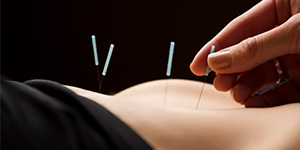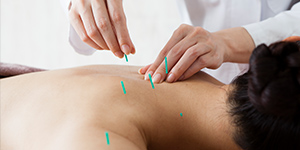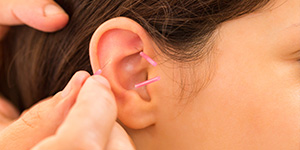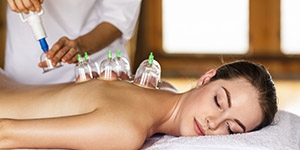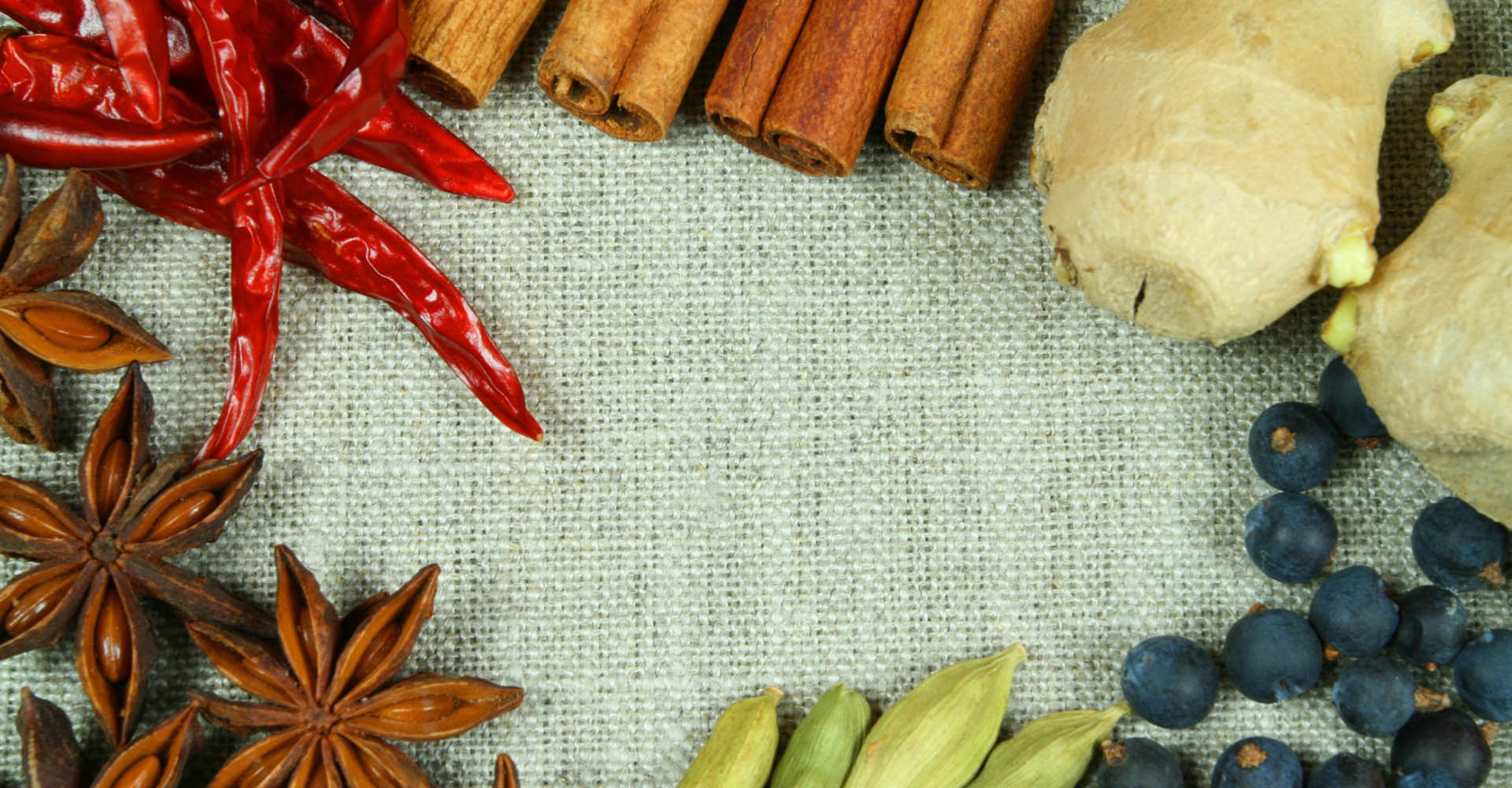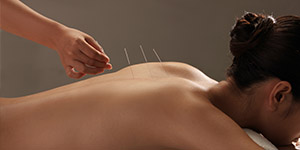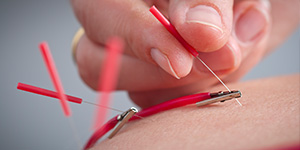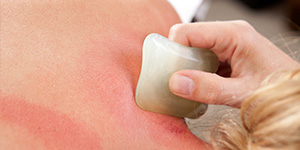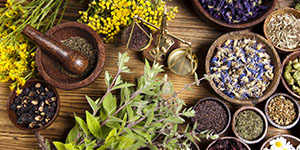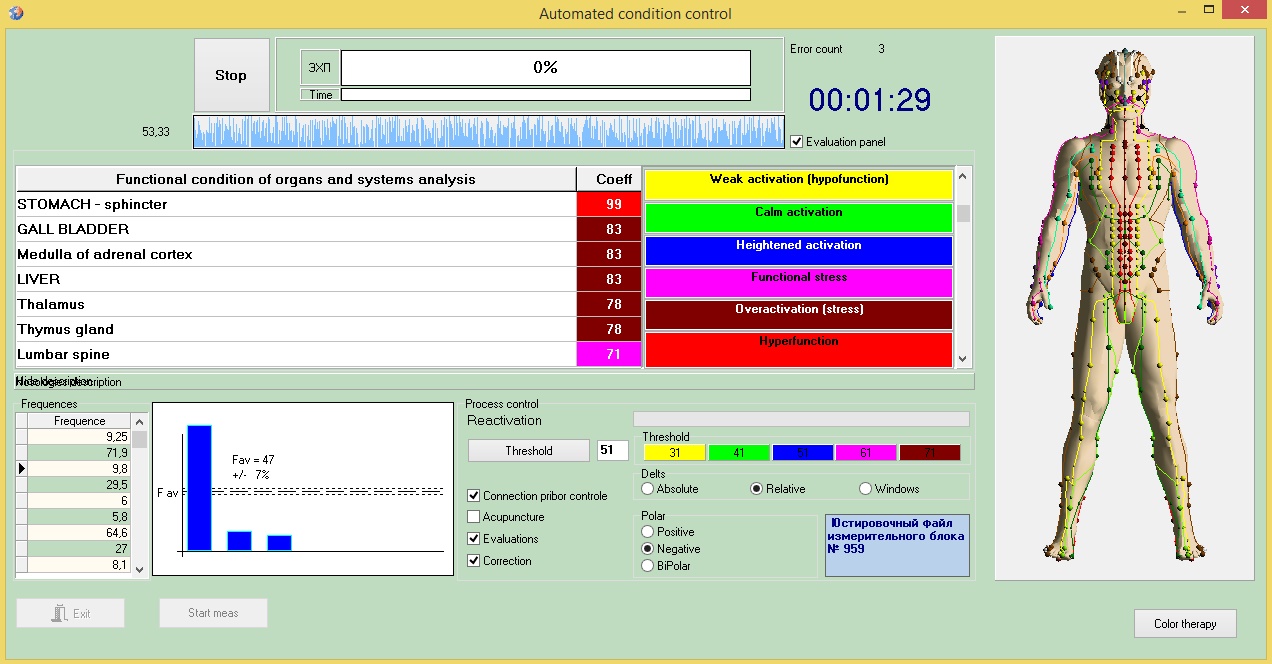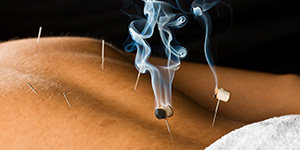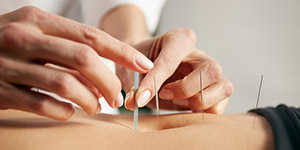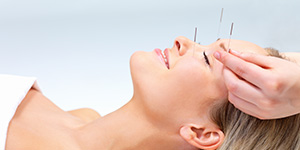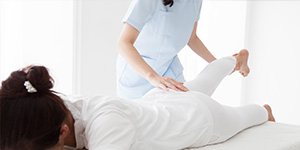Cupping therapy
Cupping is a traditional healing technique in which a local suction is created on the skin in order to promote circulation of Qi and Blood, as well as to eliminate pathogenic factors ( Cold, Heat, Wind, Qi and Blood Stasis, etc.).
The suction is created by means of expelling the air from the glass or plastic cup, which is applied to the meridians, acupuncture points, and/or sensitive to pressure trigger points, also called Ashiponts.
Cupping is traditionally used in the acupuncture clinics as part of the Traditional Chinese Medicine tool alongside acupunctureand moxibustion(herbal heat application).
However, it can also be used on its own i.e. by the beauty therapists or in combination during a massage or a physiotherapy treatment.
In ancient China as well as Egypt, where cupping was first used systemically, the primary goal of cupping was to treat boilsand carbunclesand in general “to remove the foreign matter from the body”.
Ebers Papyrus, 1550 BC, thought to be the oldest medical textbook, describes bleeding by cupping, a technique that is still being employed in many counties for treatment of surface area for Qi and Blood stasis.
Cases of treatment of tuberculosis were recorded using cupping, as well as ancient classic textbook SusenLian Fangrecorded an effective cure of chronic cough and successful treatment of poisonous snake bite using cupping therapy.
Later on, cupping was found to be effective in treatment of other diseases, and developed into a special therapeutic method.
Today, there are 11 different cupping methods and, depending on the desired therapeutic effect, cupping can be used alone, following an acupuncture treatment, or in conjunction with acupuncture, where cups can be applied wright directly above an acupuncture needle.
Depending on the severity of the disorder and the intensity of the suction method, the cupping marks appear on the skin.
Such marks are therapeutic and are the result of blood extravasation underneath the skin, they are not painful, are not the result of trauma to blood capillaries, hence are not considered as ecchymosis or bruising.
Depending on the character of the disorder, the marks can vary in color (pale or bright red, brownish, purple) and usually appear the darkest of all after the first application, because stagnation of Qi and Blood, follow-up treatments will result in much less marking, as the circulation improves and the stagnation is removed.
Cupping therapy effects
* Opens the pores of the skinthus precipitating the removal of pathogenic factors such as Wind, Cold, Dampness and Heat.
* Is particularly effective during initial stages of cold and flu (wind -cold/heat) invasion.
* Moves chronic and acute Qi and Blood stasis(congestion) in tissues and organsthat acupuncture alone ,sometimes cannot address.
* Relieves excess heat conditions.
* Treats Qi and Blood Deficiency conditions.
* Influences blood composition and its pH.
* Stimulatessensory nerves on the skin.
Indications
Disorders of musculoskeletal system, ex chronic joint rheumatism, muscular spasms/cramps, joint and muscle pain andstiffness.
Internal organ disorders, particularly gastrointestinal disorders that are especially responsive to “puling low pressure” cupping technique.
Facilities blood circulation, thus softening up organs and tissues, is very beneficial for hardened. arteries,and salt deposits in soft tissue.
Syndromes of general malaise: chronic headaches, dizziness, languor, stiff neck and shoulders, fatigue etc..
Endogenous chronic diseases: high blood pressure, neuralgia and rheumatism.
Treatment frequency
The full benefits of cupping therapy are usually achieved after between 5 and 10 treatments.
Sometimes the benefits are noticed immediately but short lived, in particular with emotional complains or long standing musculoskeletal problems.
Acute stage → every other day (if cupping alone, without acupuncture has been applied).
Chronic stage once, better twice a week.
Patients under 15 years of age normally require less amount of treatments.


